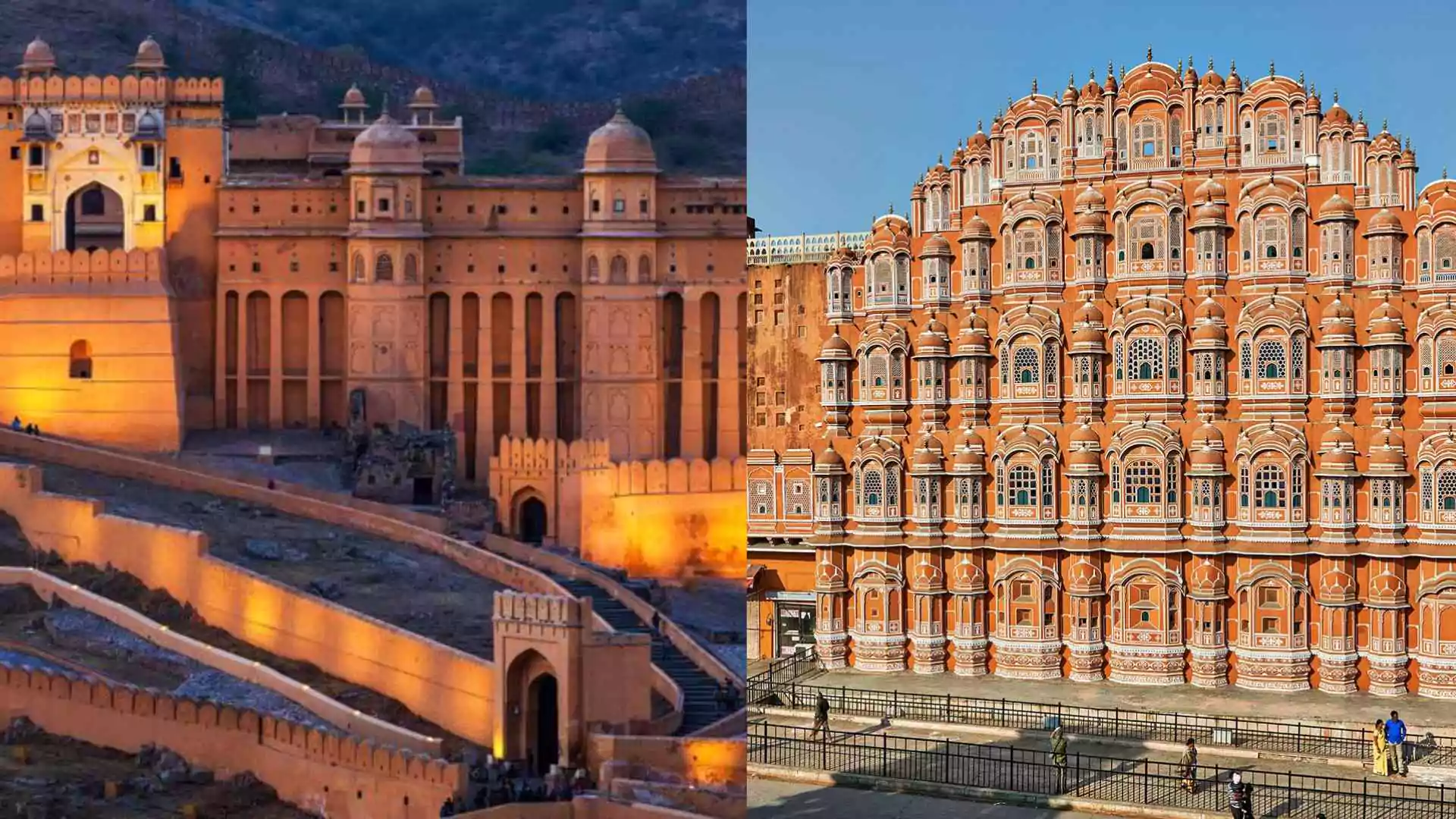The median salary of India’s professional, non-promoter CEOs has surged to ₹10 crore in 2025, marking a 13% rise over the past year, according to the latest Deloitte India Executive Performance and Rewards Survey. The report highlights a continuing upward trend in top executive compensation, even as equity markets show signs of volatility.
Notably, only 40% of a CEO’s total compensation is fixed. The remaining 60% falls under performance-linked “at-risk” pay—divided between short-term incentives (25%) and long-term incentives (35%).
The survey, which gathered data from over 400 private-sector organisations (excluding public sector units), found that salaries for other key executive roles—like Chief Operating Officers (COOs), Chief Financial Officers (CFOs), Chief Marketing Officers (CMOs), Chief Risk Officers (CROs), and Chief Human Resource Officers (CHROs)—also saw healthy hikes ranging from 7% to 11%.
COOs and CFOs remain the highest-paid executives after CEOs, with median compensation approaching ₹4 crore.
“CXO compensation continues to rise in India with this talent pool remaining restricted and consequently in high demand,” said Anandorup Ghose, Partner at Deloitte India.
Ghose added that while the ongoing correction in equity markets hasn’t yet affected CXO pay structures, next year’s figures may reflect some shifts due to the high linkage of executive compensation with stock performance.
Changing Incentive Dynamics
The report notes a shift toward more comprehensive performance assessments, especially when determining short-term bonuses. While financial metrics still dominate long-term incentives, organisations are increasingly using strategic and functional targets—like ESG compliance, innovation benchmarks, and customer satisfaction scores—to evaluate CXO performance on annual scorecards.
India Inc. is also becoming stricter in awarding bonuses. Fewer CXOs are being rewarded if they fail to meet both financial and strategic goals, indicating tighter accountability and performance alignment.
Rise in Share-Based Incentives—and Scrutiny
Another notable trend is the growing use of share-based pay among CXOs. Both the number of companies adopting stock-linked long-term incentives and the value of such awards have gone up significantly.
However, this has brought increased regulatory and shareholder scrutiny. Proxy advisory firms are now closely examining new executive compensation plans. In fact, shareholder rejection rates for such proposals have quadrupled in just the past year.
“Share-based pay is becoming more intricate with the rising use of performance shares and multiple plans,” said Dinkar Pawan, Director at Deloitte India. “The enhanced governance and scrutiny are welcome as they promote more responsible decision-making.”
Shorter Tenures, Higher Stakes
The survey also sheds light on the evolving landscape of executive leadership in India. With CEO and CXO tenures shrinking and shareholder expectations rising, there’s increasing pressure to deliver fast results. As a result, executive contracts are now more aggressively negotiated, with greater emphasis on performance protection and exit benefits.
ALSO READ: Who Is The New CPIM General Secretary?






















